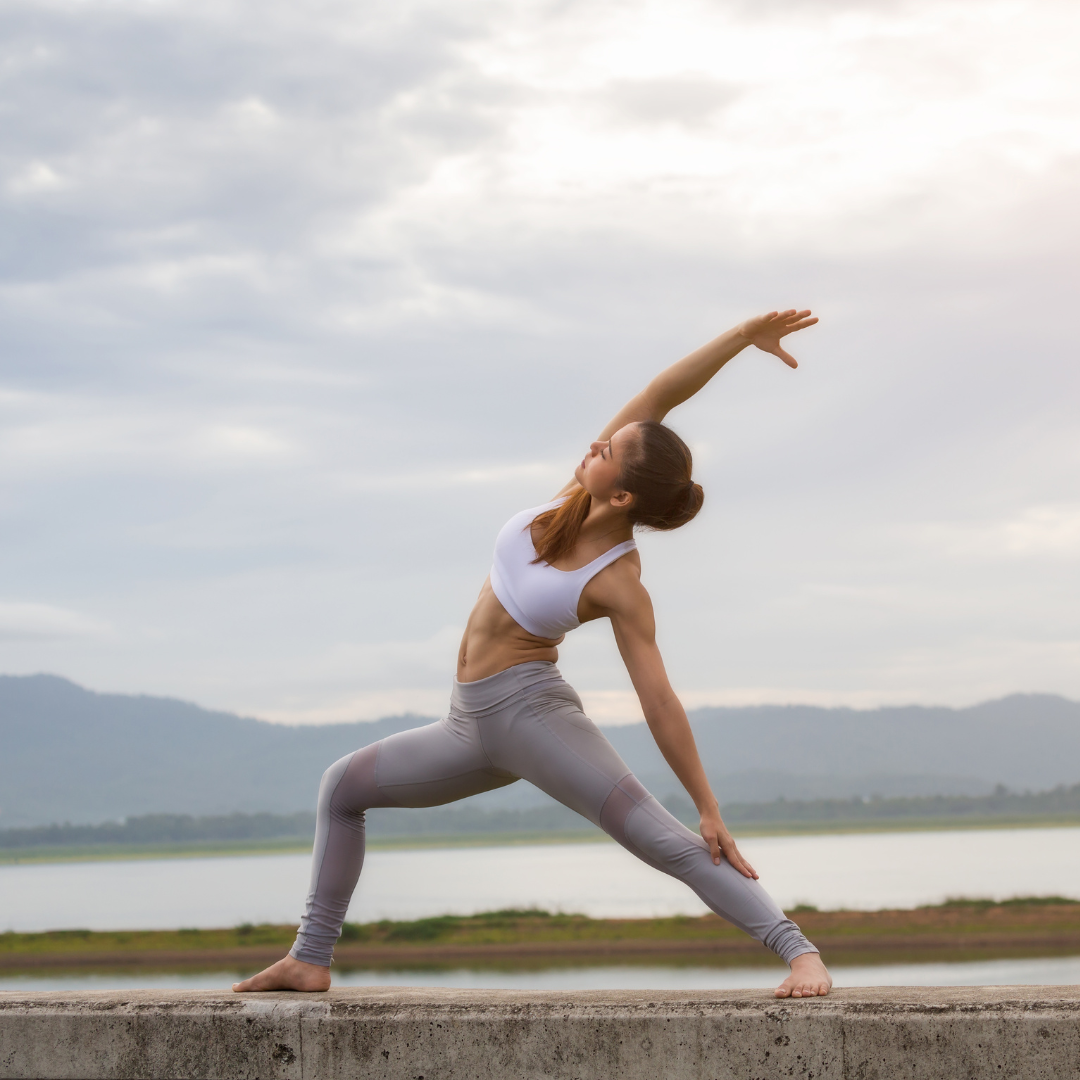
%20(1500%20x%20550%20px)%20(1500%20x%20650%20px)%20(2).png)
Most people assume the key to building strength is lifting heavier weights, pushing harder, or training more often. And while those things can help in the short term, they often create more problems than progress when your body is out of balance.
If you’ve hit a plateau, feel stuck in your training, or keep running into injuries or tightness, the problem might not be your program. It might be your foundation.
As a trainer, I’ve seen it over and over again. When you focus on balance — not just on the outside, but deep within your muscular and structural system — your strength finally clicks into place. And it lasts.

Balance doesn’t just mean standing on one leg or doing coordination drills. It means your body can:
Most people don’t even realise how imbalanced their bodies are until they try to slow down or isolate one movement. One shoulder shrugs. One knee caves. One side tightens. That’s your body telling you it’s not working in sync.
Imbalance doesn’t always feel like a problem right away. In fact, many people lift heavy, run far, or train hard while unknowingly relying on compensations to get the job done.
But over time, this leads to:
You can’t build lasting strength on a crooked base.

Think of your body like a suspension bridge. If one anchor is weaker than the other, the entire structure starts to tilt. Add weight to the centre, and things get even more unstable.
Your joints and muscles are the same. When your hips, spine, and shoulders are aligned and stable, everything downstream — like strength, speed, and endurance — becomes more efficient.
That’s why I focus on rebalancing the body first in my private training sessions in West Hollywood. Because when your foundation is level, you don’t have to fight your own body to get stronger. You move better, lift more, and recover faster.
Many people hit a wall in their training and assume the answer is to push harder. But if your body isn’t balanced, adding more weight just reinforces poor movement patterns.
Instead, strength gains often return when you:
These changes don’t just make you feel better — they make you genuinely stronger, from the inside out.
Here are some clues that you may be training with an unstable foundation:
These signs aren’t weaknesses. They’re opportunities to rebalance and unlock real strength.
Every person is different, but here’s how I typically approach this in my sessions:
We start by assessing how your body holds itself at rest. This often includes rib cage position, pelvis alignment, foot contact, and breathing patterns.
We then isolate each side of the body using single-leg and single-arm movements to see what’s underperforming or overcompensating.
Once we know what’s missing, we work on reconnecting those muscles through targeted activation, mobility, and control drills.
Finally, we bring it all together through full-body compound movements with an emphasis on even loading and clean mechanics.
When your body is in balance, here’s what starts to change:
Balance doesn’t mean being soft or fragile. It means building real, functional, adaptable strength that lasts.
If this topic resonates with you, I recommend reading:
👉 How Muscle Imbalances Lead to Joint Pain – And What You Can Do About It
It explains how poor balance can lead to long-term damage — and how the fix is often more about awareness and sequencing than brute force.
If you’ve been training hard but still feel like something’s missing — or if you’ve been stuck in the same patterns and want a smarter, more sustainable way forward — it’s time to rebuild from the ground up.
I offer private 1:1 personal training sessions in my West Hollywood facility, designed to help you rebalance your body and finally build the strength that sticks.
We’ll focus on movement quality, structural balance, and restoring your body’s natural alignment — so you can lift more, hurt less, and train with purpose.
👉 Fill in your details below to book a 1:1 personal training session with me in my facility in West Hollywood